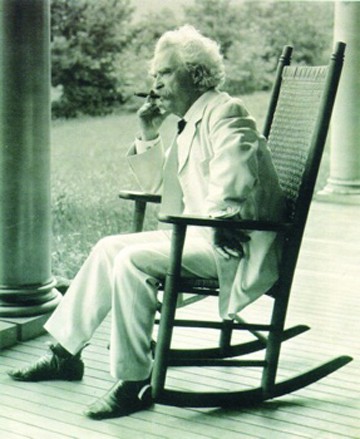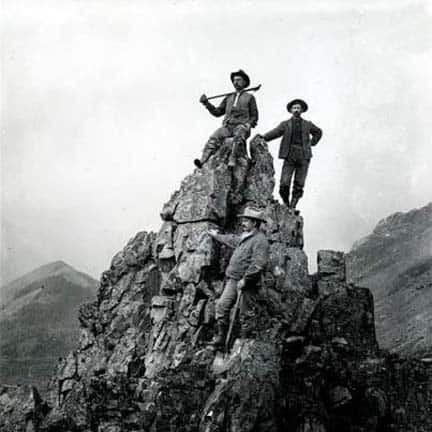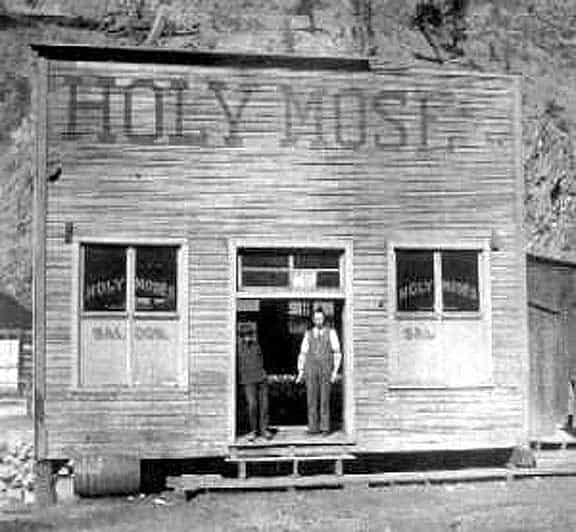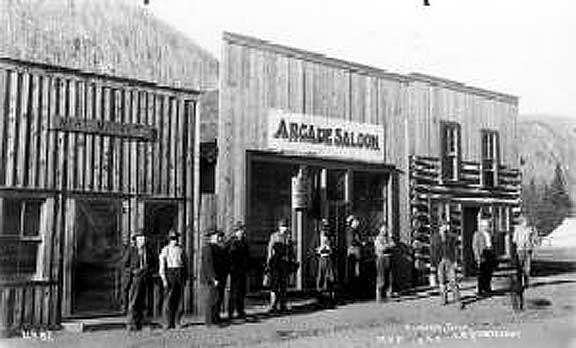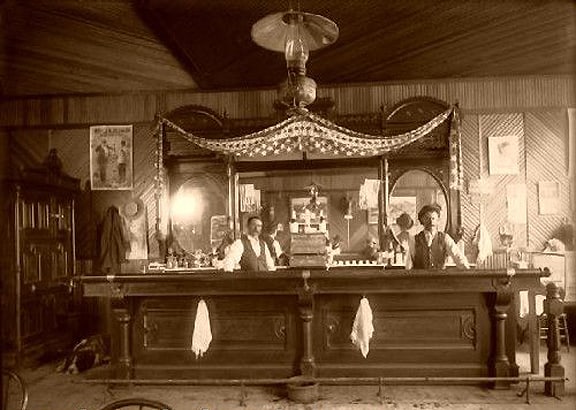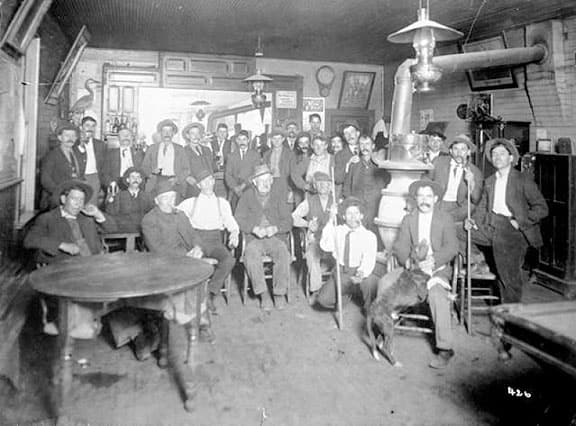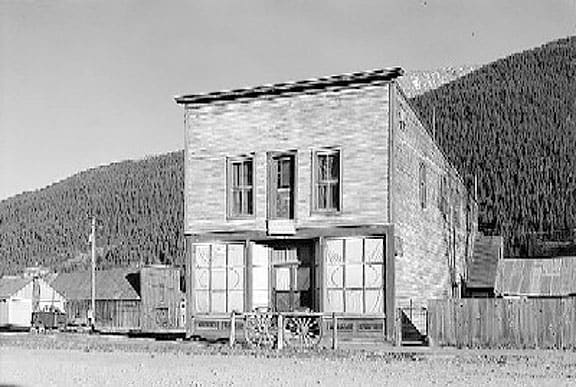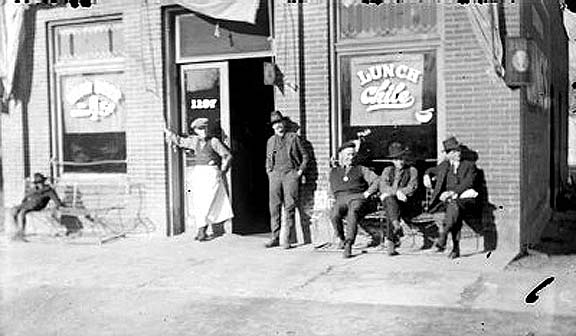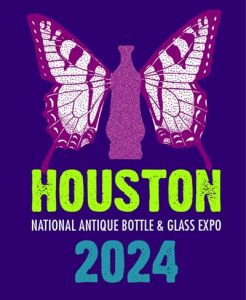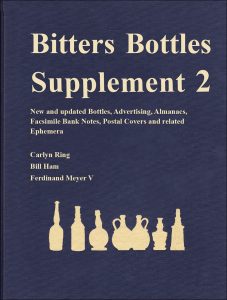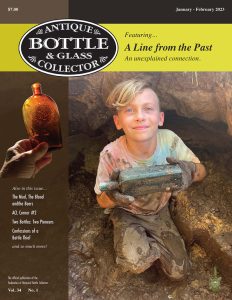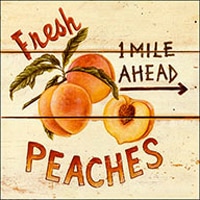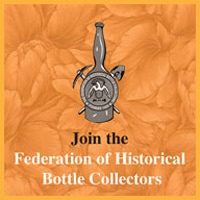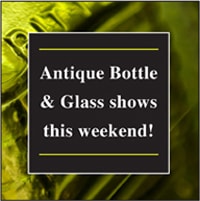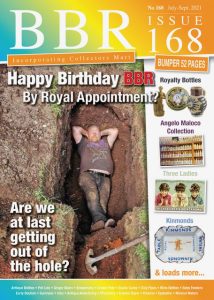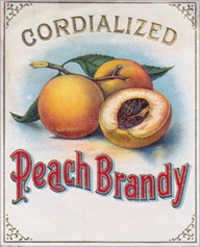“Giving up drinking is the easiest thing in the world. I know because I’ve done it thousands of times.” Mark Twain
I want to continue the series of follow-up posts to the recent Minnesota, Wyoming and Utah galleries on saloons and drinking. See my partial list at the bottom of this post. Here today, we look at some interesting historical saloon pictures, related bottles and ephemera from Colorado.
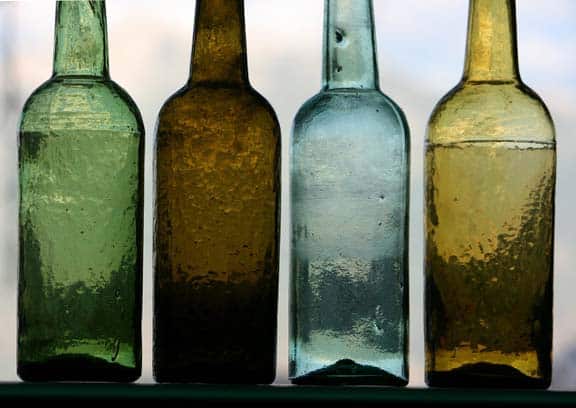
Western whiskeys. Color and texture make these unembossed bottles great sun catchers. – Utah Antique Bottle Cliche
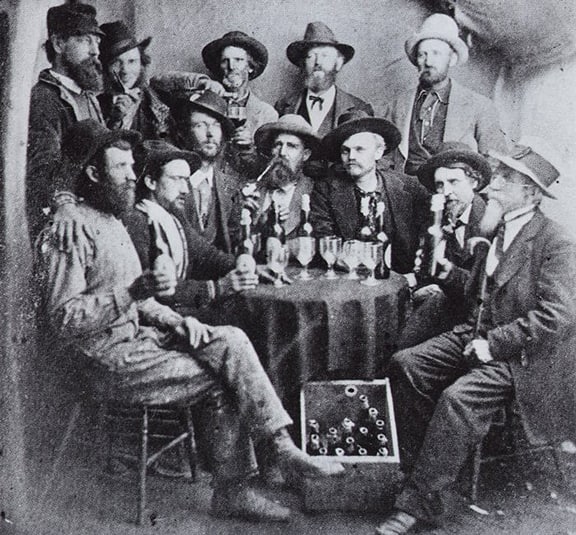
Miners drinking in a Colorado saloon, 19th Century.- Courtesy of Colorado Historical Society
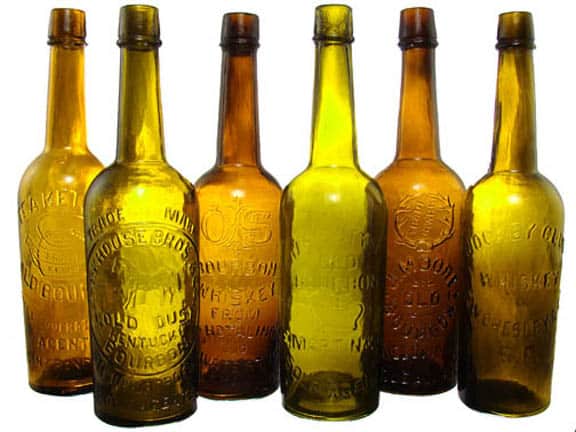
An incredible selection of rare, high-end western whiskey bottles and historical flasks sold previously by American Bottle Auctions. Some of the whiskeys are the most desirable specimens known.
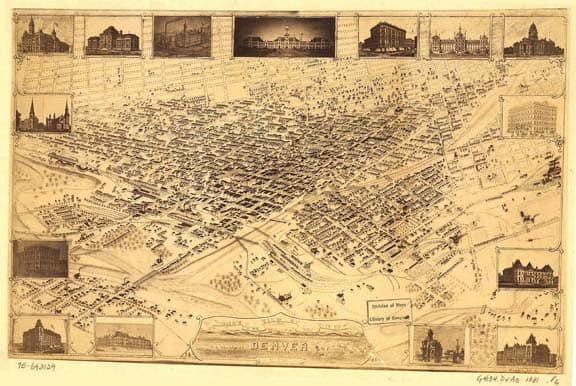
1881 Bird’s Eye View of the City of Denver, Colorado. Drawn by J.H. Flett. – From the Library of Congress Map Collection.

GUN WA’S CHINESE REMEDY FOR FEMALE WEAKNESS–WARRANTED ENTIRELY VEGETABLE AND HARMLESS from Denver, Colorado. The bottle dates from 1888-to the early 1890s. William Hale immigrated from Ireland in 1888 to Denver, Colorado and opened the GUN WA HERB AND REMEDY CO. at 1629 Larimer St. Hale expanded his business and relocated to the Croff and Collins building at 1646-1650 Larimer. Later he was indicted on mail fraud charges and mailing pornographic materials. He fled to England to avoid prosecution.
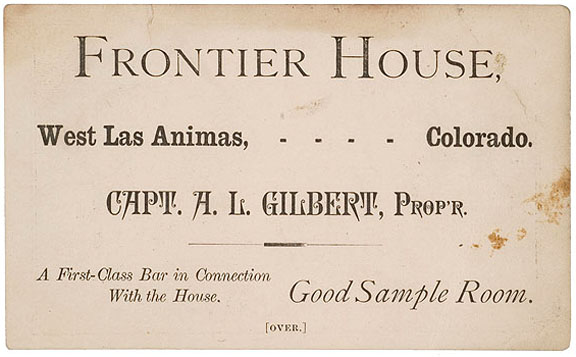
Trade Card: One side advertises FRONTIER HOUSE, West Las Animas, Colorado. Capt A.L. Gilbert Propr. “A First Class Bar in Connection with the House.” The opposite side lists Capt. A.L.Gilbert’s Ten Commandments A sampliing follows: 1. When thirsty, thou shalt come to our house and drink.VI. No singing. Thou shalt not raise thy voice in song or feet in gayety. VII. Thou shalt not dare to pay thy bills in bad money nor ever say “Slate or Chalk”…. A fine bit of cowboy ephemera. – Cowan’s Auctions
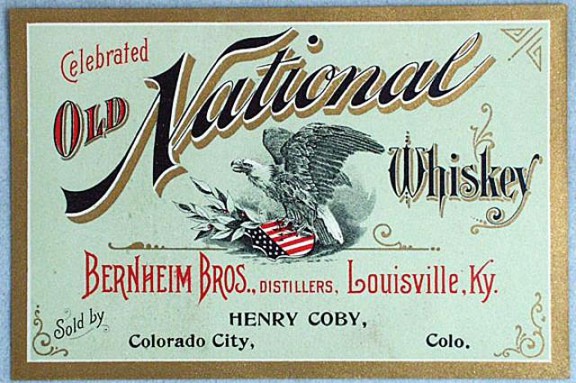
Color label for qt. bottle. “Old National Whiskey”, a Bald Eagle grasping a shield. A Louisville, KY whiskey sold by “Henry Coby, Colo. City, Colo.” Pre-1920,
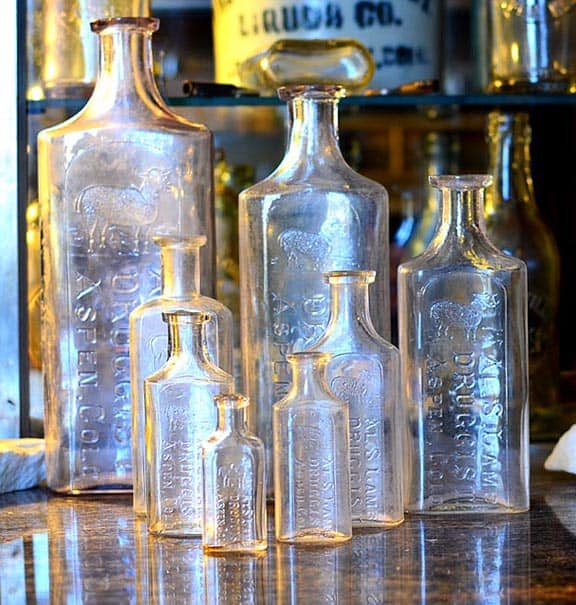
Set of 8 Al S. Lamb druggist bottles, Aspen, Colorado. Hand-blown bottles ranging in size from the 1 ounce to the 32 ounce size. Figural of lamb on each bottle. Overall condition: very good to near fine. W.T. Co. glass company. Patent date 1894. Al Lamb came to Aspen, Colorado in 1886-1887 and started the Lamb Drug Store. It soon became a focal point for friendly meetings and town politics. Lamb’s business was so successful — in the good years — he remained in business until his death in 1940. His drugstore was located on Hyman Avenue; residence at 2nd and Lake Avenue, Aspen. – Mt. Gothic Tomes
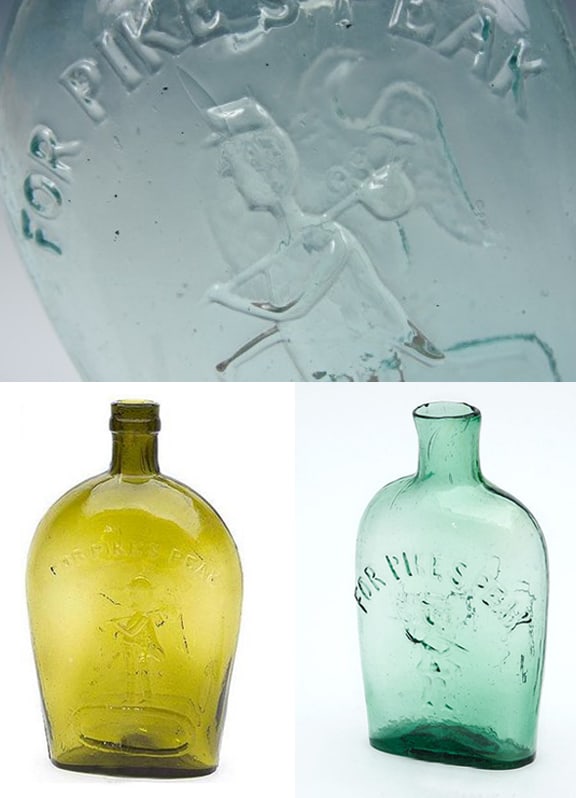
FOR PIKE’S PEAK flasks with walking man/prospector above flattened oval – This is McKearin & Wilson classification #GXI-30. Celebrating the gold rush to Colorado in 1859, these popular flasks were made throughout the 1860s and possibly into the early 1870s. This a very nice, clean, blue aqua example with the typical applied “champagne” style banded finish common on flasks made at various Pittsburgh, PA. glasshouses – where the majority of Pike’s Peak flasks were made.
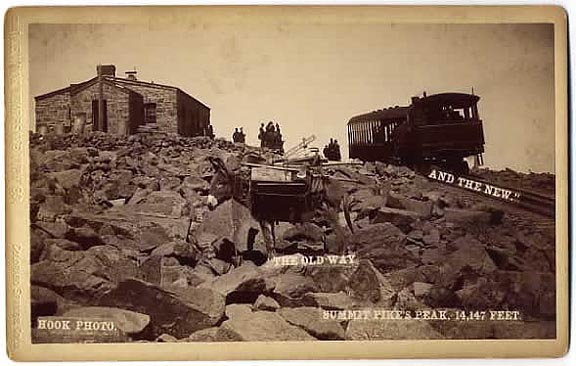
Pike’s Peak Railroad (vs Mule) – Late nineteenth century boudoir sized cabinet card photograph showing a locomotive and passenger car of the Manitou & Pike’s Peak Railway and also a donkey or mule loaded up with gear on its back. The mule symbolizes the earlier means of traveling up Pike’s Peak which would have been a long and arduous journey by mule as experienced by Zalmon Simmons, inventor and founder of the Simmons Beautyrest Mattress Company. On his first trip to Pike’s Peak in the late 1880’s Simmons traveled there by mule, an experience which was the inspiration for his providing funding for the development of the Manitou & Pike’s Peak Railway Company and the construction of the cog railway. In the cabinet photo the words “The old way” are printed in the negative under the mule and the words “And the new” are printed under the locomotive. Printed in smaller letters in the negative also just above the load on the back of the mule are “I helped to build Pike’s Peak Railroad.” Printed in the negative at the lower right are: “Summit Pike’s Peak, 14,147 Feet” and at the lower left “Hook Photo”. Imprinted in the margin to the left of the image is, “The W. E. Hook Wholesale View Co., Colorado, Springs, Colo” which refers to the photographer William Edward Hook (1833 to 1908) who photographed Native Americans, views at Yellowstone, railroads, mining, Colorado Springs, and Colorado scenery.
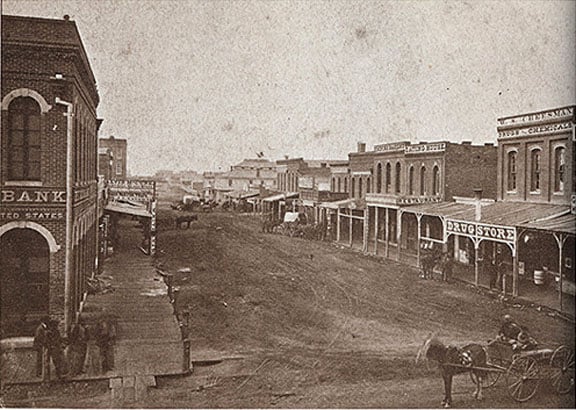
Blake Street, Denver – 1866 (looking toward 16th (G) Street – Denver Public Library. Charles Eyser Boarding House and Saloon (1526 Blake Street) shown with the 2nd floor balcony and covered wagon in front.
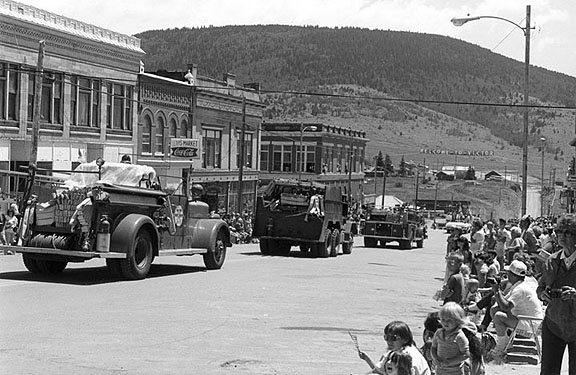
The Silver Dollar Saloon (far left) is Denver one of the many buildings rebuilt in 1899 following a fire that destroyed most of downtown. Starting out as a haberdashery, its upper floors housed medical offices. At the height of the Art Deco era, the first floor was transformed into a saloon. The owners spared no expense in order to attract patrons, as evidenced by the surviving Can Can stage, dining booths, bar stools, counter and mural. One of only two stone buildings in the mostly brick downtown National Register district, the saloon retains an incredibly high level of integrity, with architectural features such as a boxed cornice, molded frieze and a battlement parapet.
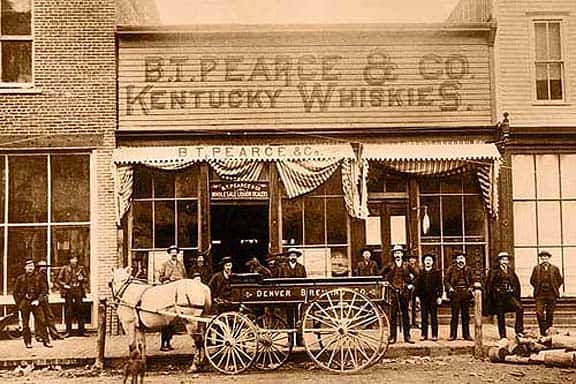
Aspen, Colorado Saloon, 1890, The B.T. Pearce & Co. Saloon is photographed. Note the Denver Brewing Company wagon in foreground.
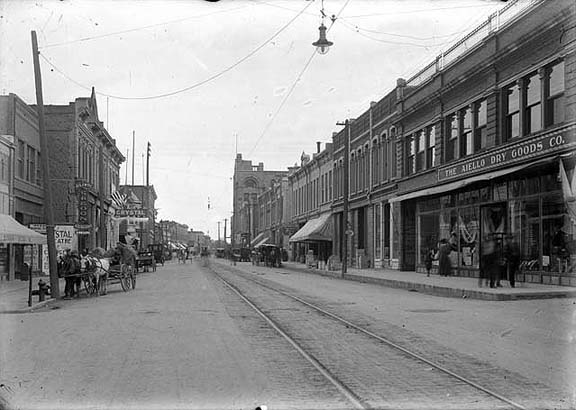
Black Jack’s Saloon, Steakhouse & Inn, Trinidad, Colorado – The building that is now Black Jack’s is located at the left of the picture, where is has a sign that reads Atlantic Saloon, one of many in our buidling thru out the history of historic doentown Trinidad. The second floor was added in 1901 and it is told to us by those still in the know that it was indeed a brothel…Come to Trinidad and look at all the historic builidng in our downtown and let your imagination wander to what it must of been like in the “old days”
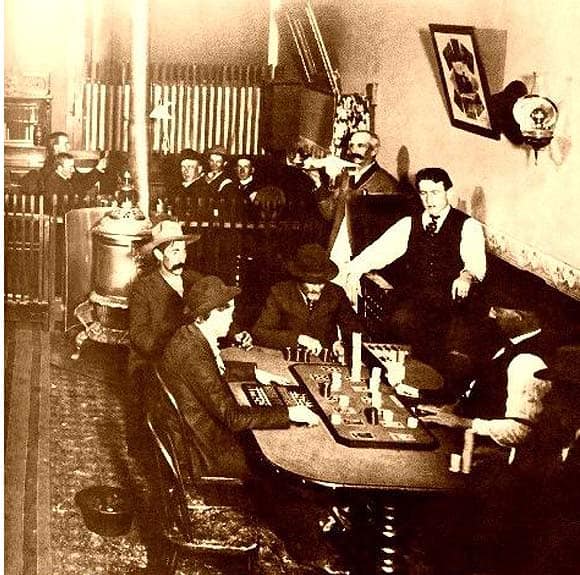
Men play Faro in Leadville, Colorado in the 1800’s – Leadville, Colorado, often called “The Two Mile High City” and “Cloud City,” is the highest incorporated city in the world at 10,430 feet. Located at the foot of two of Colorado’s highest peaks – Mt. Elbert and Mt. Massive, Leadville is one of America’s last remaining authentic mining towns.
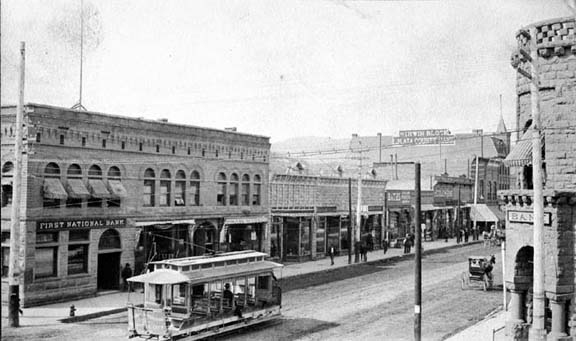
Saloon Block Main Avenue Durango, Colorado, Cyanotype of First National Bank on northwest corner of 9th Street and Main Avenue. Colorado State Bank on right edge. Electric trolley; horse and buggy; dirt street. Saloon Block – West side 900 Block. “This is Main Avenue…” in ink on back. – The Animas Museum or the LaPlata County Historical Society
Read More: Historic photos of saloons and breweries around Utah in the Wild West days
Read More: Photographs of People Drinking
Read More: Photographs and Images of People Drinking – Part II
Read More: Photographs and Images of People Drinking – Part III
Read More: Photographs and Images of People Drinking – Part IV (Brewing)
Read More: Saloons and Establishments from Yesteryear

